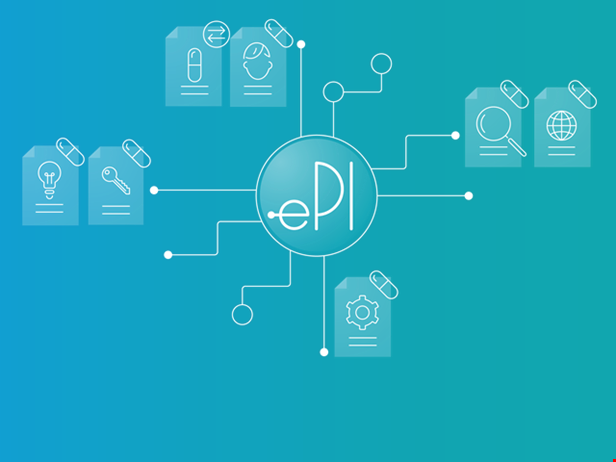EPF’s take on the opportunities and challenges of electronic medicines information

On 28 November, EPF participated in an HMA/EMA[1] workshop on electronic product information, a follow-up from a July 2018 preparatory meeting hosted at the Spanish Medicines Agency. Following this event, the EMA has launched a public consultation on its “key principles” for electronic product information, with a deadline of 31 July. EPF has been actively contributing to the EMA events, and we will consult our membership on a response to the consultation.
Clear and well-written information is essential for patients to be able to use their medicines safely and effectively. It is needed to support adherence and concordance to the agreed treatment plan, and to enable effective self-management (a key aspect of patient empowerment). Patients also need information to be able to monitor possible adverse reactions, and to take the right action.
The package information leaflet (PIL) is sometimes the only information people have on their medicines – especially with over-the-counter products. It is in any case an important complement to the information received from healthcare professionals, such as the prescribing doctor, a nurse or a pharmacist. But research suggests many people do not even read the PIL – they simply throw it away. Why is that?
The shortcomings of the PIL in terms of patient information have been known for a long time, so this is not a new issue. There have been repeated efforts to improve the format, with some improvement but not complete success. The 2014 EU health literacy survey (HLS-EU) showed that 27.5% of respondents found understanding PILs “fairly” or “very” difficult. This was the item in the survey where responses diverged the most between countries: in the Netherlands, only 13.1% found the PIL difficult to understand, whereas in Germany, 38.3% did.
Meanwhile, a majority of people (6 in 10 Europeans according to a 2014 survey, and by today likely more than that) look for health information online. Medicine information is a top search topic. Most people think they can distinguish high from low-quality information online – but 17% think they cannot. The quality of online information, and making sure the high-quality information is easily found when searching the Internet, is thus crucial for patient empowerment and safety.
Opportunities of electronic PILs
Making the PIL electronic essentially means converting it into digital format. It is not about changing the format of the PIL per se. Whilst this is only a partial solution to the health literacy problem, electronic PILs do have a number of potential advantages:
- Availability of the PIL – when and where patients want, in all EU languages;
- Design for easier readability and better use of visuals, without being constrained by the print format;
- Adapting the presentation to people with disabilities, e.g. through use of large text, audio formats;
- Portability – patients could have the PIL on their mobile phone;
- For medical devices, electronic leaflets could include video instructions;
- The PIL could include search functions and a hover-over glossary of terms;
- Information can be updated much more easily, with changes communicated right away;
- Advanced version could include interactivity, e.g. through links to other statutory information (medicines info portals, clinical trials) and a link to reporting of suspected side effects.
Of course, this is not likely to become reality any time soon.
We should also bear in mind that some people have no or limited access to computers and the internet, which is why EPF has made it clear that we want paper leaflets to continue being available to those who need them. Meanwhile the user-interface of digital solutions must be so intuitive and easy that people will actually want to use it.
We also believe the information should remain under the control of public authorities – the EMA, and national regulators. This is important to ensure patient and public trust and confidence in the system.
The fundamental challenge remains, that simply putting PILs online will not solve the problem of their being easily understandable and fit for purpose from a patient’s perspective. Primarily, the PIL is a legal document, not one whose aim is to inform and empower. We have no doubt that these aspects will be raised again until there is a satisfactory solution, taking into account recent knowledge on health literacy and particularly on communication of benefits and risks. The European Medicines Agency must be given the resources to work on improving the PIL, beyond a merely technical solution.
The role of patient involvement in developing the PILs needs improving. Patient review at the EMA comes too late in the process, so any suggestions for changes may not be incorporated. It is possible that companies need more precise guidance on how to develop the PIL with patient input; and user testing at the regulatory stage needs to be improved.
Digital technology is a tool, not an end in itself. Solutions to make the electronic PIL work for patients must be patient-centred, equitable, trusted, easily accessible and user-friendly.
More information: contact policy@eu-patient.eu
[1] Heads of Medicines Agencies/European Medicines Agency
